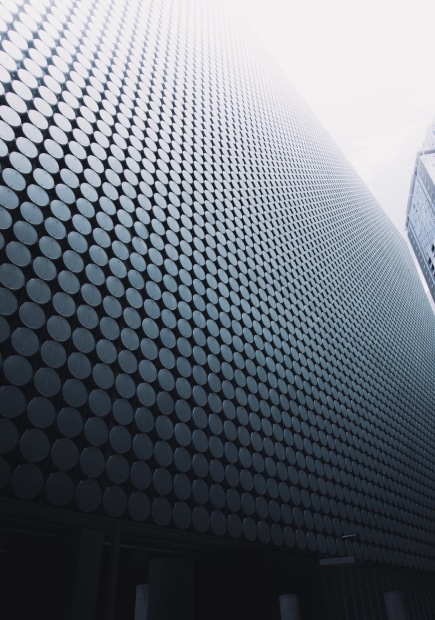Original art
Different conflicts also reappear from multiple points in time throughout the exhibition, whether as rarely-seen historical images or recent photographic installations. The Second World War for example is addressed in Jerzy Lewczyński’s 1960 photographs of the Wolf’s Lair / Adolf Hitler’s War Headquarters, Shomei Tomatsu’s images of objects found in Nagasaki, Kikuji Kawada’s epic project The Map made in Hiroshima in the 1960s, Michael Schmidt’s Berlin streetscapes from 1980, and Nick Waplington’s 1993 close-ups of cell walls from a Prisoner of War camp in Wales https://voltagebets.net/.
In the case of Craonne, which was entirely obliterated by artillery, the village had to be rebuilt on a nearby site, while the ruins of the original settlement were abandoned to nature. As a result, the only way for photographers to identify Craonne was by providing a caption.
In July 2004, for the 25th anniversary of the overthrow of Somoza, Susan returned to Nicaragua with nineteen mural-sized images of her photographs from 1978-1979, collaborating with local communities to create sites for collective memory. The project, “Reframing History,” placed murals on public walls and in open spaces in the towns, at the sites where the photographs were originally made.
Retro graphic
Achieving this retro design with Picsart is so simple too. You can grab any photo and simply apply the VHS filter to it. This filter is specifically designed by our own designers to turn your photo into a VHS retro design with a single tap. Optionally, you can go to Stickers and type VHS in the search bar to add in additional objects that will instantly turn your edit to a 100.

Achieving this retro design with Picsart is so simple too. You can grab any photo and simply apply the VHS filter to it. This filter is specifically designed by our own designers to turn your photo into a VHS retro design with a single tap. Optionally, you can go to Stickers and type VHS in the search bar to add in additional objects that will instantly turn your edit to a 100.
An era that brought us hair metal, synth-pop, hip-hop beats, and lovelorn ballads, there’s no question that the 80s were an incredibly diverse time for music. Gracing us with the likes of The Cure, Whitney Houston, David Bowie, Michael Jackson, and ACDC, the 80s decade was a big turning point for the development of digital music.
Movies, music, games, TV shows – there’s no denying that pop culture had a massive influence on 80s design trends. While always destined to make a comeback, we first saw the return of 80s pop culture in recent years with the creation of Netflix’s Stranger Things in 2017 – a show clearly inspired by 80’s pop culture. Now, there’s been a big increase in 80’s content as the style continues to infiltrate the zeitgeist.
Breaking the conventions of traditional typography, this style is becoming increasingly popular today – particularly in advertisements, memes and personal branding. Find some funky 70s font examples on Envato Tuts+.
The 1970s were filled with many social movements and cultural trends that greatly influenced graphic design. People wanted to express themselves as extravagantly as possible through music, fashion, and art.
Cinematic artwork
The influence of cinematic techniques on painting has opened new avenues for artistic expression, merging the dynamic qualities of film with the timeless nature of painting. By incorporating elements such as framing, lighting, color, and narrative structure, painters have been able to create works that not only capture a moment in time but also convey deeper stories and emotions. This interdisciplinary approach enriches both mediums, offering viewers a multifaceted experience that engages both visually and intellectually.
The Pre-Raphaelite painter John Everett Millais had already depicted a similar scene in his work “Ophelia” (1851-1852). Ophelia, an iconic character from Shakespeare’s tragedy “Hamlet,” peacefully floats on the water, giving rise to a moment that is both gentle and mortuary. Surrounded by lilies, Justine (like Ophelia) already appears distant—has she already departed this world?
In the footsteps of Anna Karina and her accomplices, the three characters run across the Louvre’s gallery, hoping to beat the world record of 9 minutes and 28 seconds. Through their scream-filled sprint and the glares of those watching, a certain hypocrisy is brought to light. How much time do people truly spend in front of an artwork? Although we imagine it is a difficult number to calculate, the estimate is 3 seconds per artwork… Perhaps this is what the directors were getting at when blazing past the artworks, giving us only a few seconds to admire Jacques-Louis David’s Le Serment des Horaces.
Wes Anderson’s films are heavy on visual stimulation, often referring to paintings to enrich his frames. Anderson relies immensely on planimetric composition, tight symmetry, center-framing, and flatness, which attributes a two-dimensional quality to his films. This, along with the non-realistic presentation and chapter-like division of his narratives, make the viewer feel as if they are not watching a film but reading a heavily illustrated novel.
Theatrical artwork
Theater arts, often simply referred to as theater, encompasses a broad spectrum of creative activities that converge to produce a live performance. This collaborative art form integrates elements such as acting, directing, set design, costume design, lighting, sound, and more to convey a narrative or evoke emotions.
What we’re left with today, in the works of Hogarth, Zoffany, George Romney, Benjamin Wilson and others, are permanent records of ephemeral performances — in some cases, splendid records of splendid performances. On top of that, they’re testaments to an era when the visual and the dramatic arts were unprecedentedly entwined.
Theater arts have been an integral part of human culture for centuries. This multifaceted discipline combines various art forms to create a unique and immersive experience for both performers and audiences.
In conclusion, theater arts stand as a testament to the creativity, diversity, and resilience of human expression. From its ancient origins to its contemporary forms, theater continues to captivate and inspire audiences worldwide, making it a timeless and invaluable part of our cultural heritage.
The pictorial motifs contained in the paintings at the Theatermuseum refer to the world of the theatre. Around six hundred portraits, character and scene pictures done in various techniques bear witness to the fascination that theatre has exercised over such visual artists as Alfred Hrdlicka and Anton Kolig.In contrast to the collection of hand sketches, which contains primarily stage and costume designs, only a few of these pictures were conceived as part of a specific theatre production. The lion’s share serves first and foremost to commemorate famous artistic personalities and their roles.


